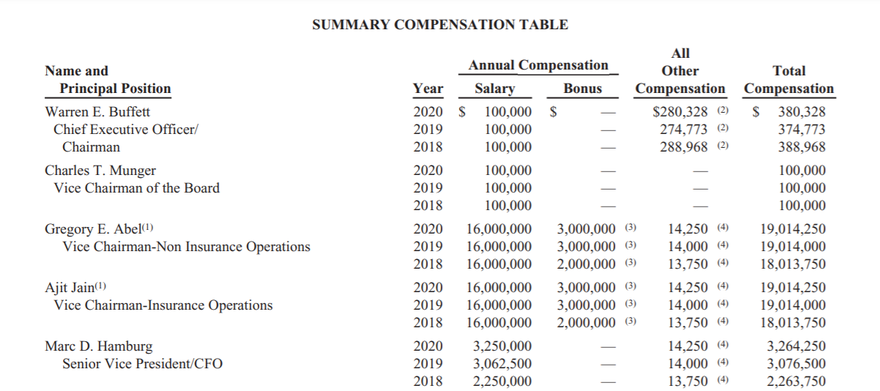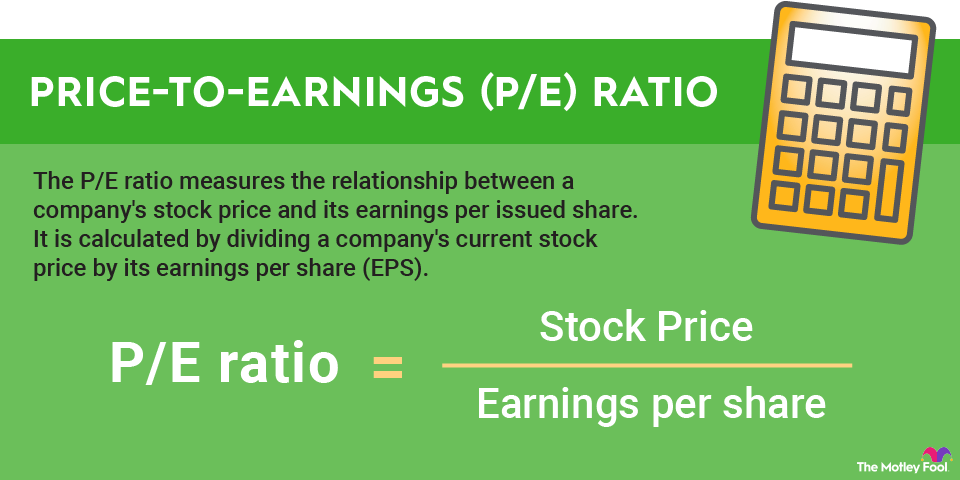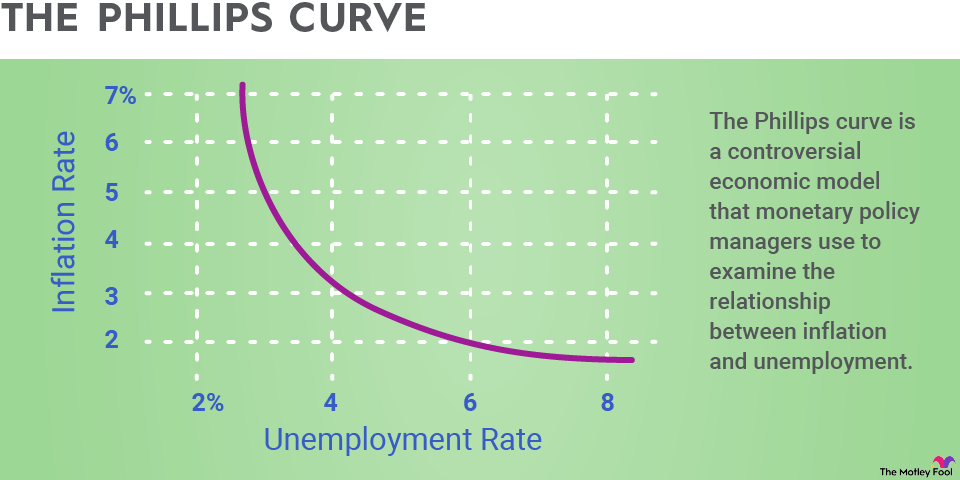Many investors keep up with the stocks they own or are thinking of buying by monitoring quarterly earnings reports. The U.S. Securities and Exchange Commission (SEC) requires every publicly traded company to file a timely report of their finances every three months.
But another SEC filing that's worth your time as an investor is a company's annual proxy statement. A proxy statement is a document informing shareholders about matters to be brought forth and voted upon at the next shareholder meeting. It also contains information about the board of directors and executive compensation that can be very enlightening for current and prospective shareholders.

Annual proxy statements and the SEC
The SEC requires companies to distribute proxy statements to shareholders ahead of each shareholder meeting. This ensures each stockholder can make an informed decision about the issues they'll be voting on at the meeting.
The document will provide a summary of each proposal, as well as the board's recommendation for how shareholders should vote. Still, it behooves shareholders to read the proposals and come to their own conclusions about what's best for the company and its shareholders.



Related investing topics
How to read a proxy statement
Proxy statements are pretty simple to read. Each proposal is reproduced in the language in which it was written. Note, however, that they can be written in such a way as to bias voters, so read carefully and be sure you understand each proposal.
Reading through the document to the area on compensation can provide some insights into how management is aligned with shareholders. If most of the management team's compensation stems from out-of-the-money call options, then the executive team has a vested interest in pushing the share price higher in order to realize their compensation. Likewise, if an owner has minimal compensation, like Mark Zuckerberg or Warren Buffett, but owns a large percentage of shares, that has the same result of aligning interests.
A yellow flag may be a switch in auditors. The proxy will explain why the board felt the need to switch auditors, and shareholders can use that to determine if there's any need to worry about the company's accounting practices.
Another yellow flag could be a lot of related party transactions. When a company does business with another company where a board member also has a vested interest, it should be done at arm's length to prevent a conflict of interest. This ensures one company isn't benefiting more than it should from a board member's position at another company.
A red flag would be a large senior-level loan. The issue here is that shareholders don't benefit from these loans, which usually carry interest rates well below the market rate and are often forgiven. Company cash could be put to better use.
Reading through a proxy statement before you invest in a company or catching up with the ones you already own shares of could help you understand management's decisions and whether they're working in your best interest as a shareholder.



















